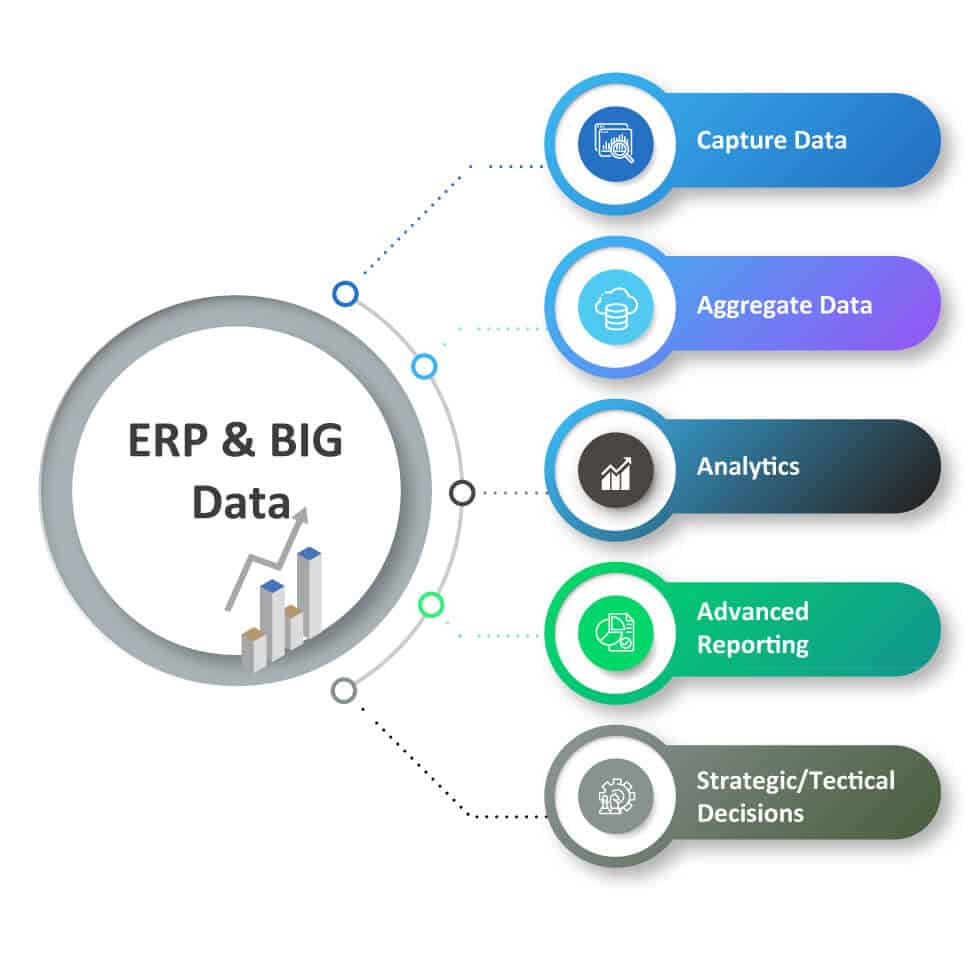From Hindsight to Foresight: My Revelation with an ERP Predictive Analytics Engine
Let me tell you, running a business – any business – used to feel like perpetually driving by looking in the rearview mirror. We’d make decisions based on what had happened: last quarter’s sales, last year’s inventory levels, last month’s production hiccups. We had an Enterprise Resource Planning (ERP) system, of course. It was a fantastic central nervous system, collecting mountains of data from every corner of our operations – finance, sales, inventory, HR, manufacturing, you name it. But it was, essentially, a record-keeper. A very efficient, very expensive record-keeper.
And then, everything changed.
I discovered the magic – or rather, the science – of an ERP Predictive Analytics Engine.
The "Aha!" Moment: When Data Becomes a Crystal Ball (But Better)
You see, for years, our ERP system was like a super-detailed photo album. We could flip through pages, see exactly what happened on any given day, track trends after they occurred. We knew we had data, so much data. But how do you turn a photograph of the past into a reliable forecast of the future? That was the million-dollar question.
My "aha!" moment came during a particularly brutal quarter. We were blindsided by a sudden dip in demand for one of our flagship products, leading to excess inventory piling up. Simultaneously, a critical component for another product ran out, halting production for days. It felt like we were constantly putting out fires, always reacting, never truly ahead of the curve.
That’s when I started hearing whispers about predictive analytics. Not just for specific marketing campaigns, but integrated right into the core of an ERP system. The idea was simple, yet revolutionary: what if our ERP, instead of just telling us what did happen, could tell us what will happen?
What Exactly Is an ERP Predictive Analytics Engine? (For Dummies Like I Was)
Before I dive into how it transformed my business, let’s break down what this beast actually is, in plain English.
Imagine your ERP system is a giant brain that remembers everything. An ERP Predictive Analytics Engine is like giving that brain the ability to learn from all those memories and then guess what’s coming next, with surprising accuracy.
It uses sophisticated algorithms and machine learning (fancy terms for very smart computer programs that learn from data) to:
- Analyze Historical Data: It digs deep into all the information stored in your ERP – sales figures, customer behavior, supplier performance, equipment logs, financial transactions, employee turnover, weather patterns, economic indicators, you name it.
- Identify Patterns and Relationships: It finds hidden connections that a human eye would never spot. For example, it might see that a specific type of machine failure always happens after X number of operating hours, or that demand for a product surges whenever a certain social media trend appears.
- Build Predictive Models: Based on these patterns, it creates mathematical models that can forecast future events.
- Generate Insights and Recommendations: It doesn’t just give you raw numbers; it translates them into actionable insights. "Expect a 15% increase in demand for Product A next month," or "This machine has an 80% chance of failing in the next three weeks."
Think of it as having a super-smart consultant who has access to all your company’s data, never sleeps, and can process information at light speed to give you a heads-up. That’s the essence of ERP predictive analytics.
My Journey: Bringing the Engine to Life
Bringing this engine into our existing ERP was a process, not a flick of a switch. It required careful planning, ensuring our data was clean (garbage in, garbage out, as they say!), and a willingness to learn. Initially, there was skepticism. "Another IT project?" some colleagues grumbled. "Can a computer really predict the future?" others wondered.
But we pushed through. We integrated the predictive analytics capabilities directly into our existing ERP framework. This meant the insights weren’t living in a separate silo; they were seamlessly woven into our daily operational dashboards and reports.
The Transformation: Living in the Future, Today
And that’s when the magic truly began. The shift from reactive to proactive was palpable, almost immediate in some areas. Here’s how an ERP Predictive Analytics Engine utterly transformed our business:
1. Inventory Management & Supply Chain Optimization: No More Guessing Games
This was perhaps the most dramatic change. Remember those stockouts and excess inventory issues? Gone.
- Accurate Demand Forecasting: The engine could predict demand for each product with incredible precision, factoring in seasonality, promotions, economic indicators, and even local events. This meant we ordered exactly what we needed, when we needed it.

